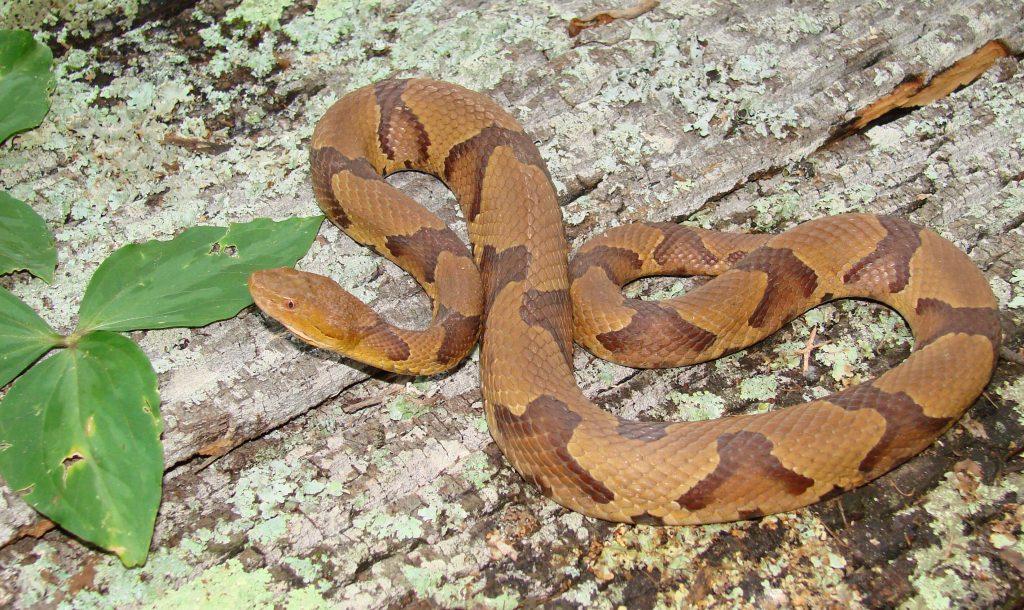Snakes are mysterious creatures and uncovering the habits of these reptiles can be a fascinating endeavor. One of the most interesting questions surrounding snakes is: when do snakes hibernate in Georgia? In this article, we will explore the mysterious habits of snakes and answer the question of when snakes hibernate in Georgia.
Types of Snakes in Georgia
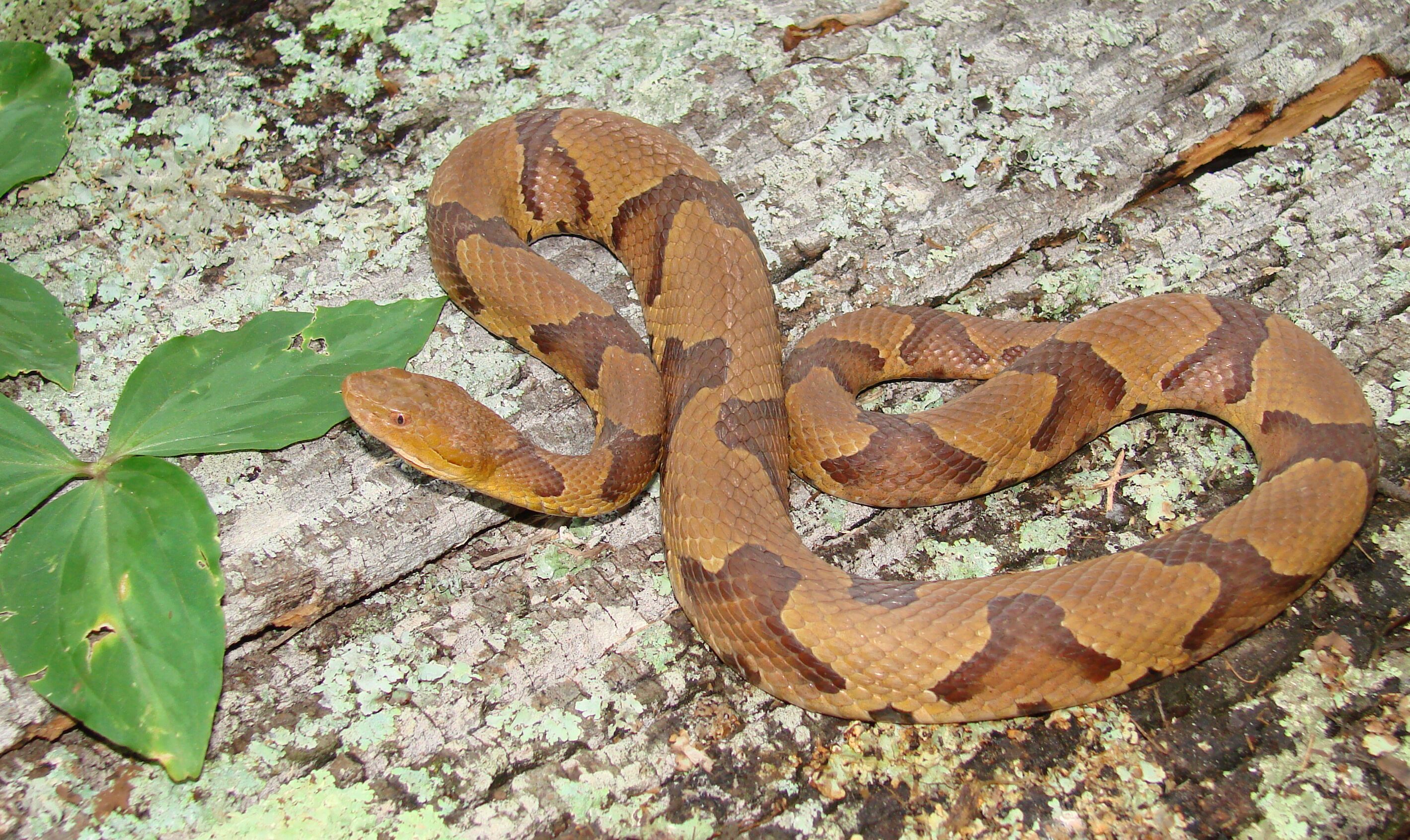
Rattlesnakes
Rattlesnakes are the most recognizable type of snake in Georgia. They are large, venomous serpents with a rattle at the end of their tails. They can be found in many areas across the state, but they prefer dry and rocky habitats.
Copperhead Snakes
Copperhead snakes are a common sight in Georgia. They are a medium-sized venomous snake, with distinctive copper-colored heads and black-and-brown bodies. They like to live in wooded areas and can often be found near streams.
Water Moccasins
Water moccasins, also known as cottonmouths, are another type of venomous snake found in Georgia. They are large and can be identified by their distinctive white mouth. They prefer wetland habitats and can often be found near lakes and rivers.
When it comes to hibernation, all of the snakes in Georgia share similar habits. They typically hibernate from late fall until late winter or early spring. During this time, they will often seek shelter in dens or burrows, where they can remain safe and warm until the weather warms up.
Average Temperature in Georgia
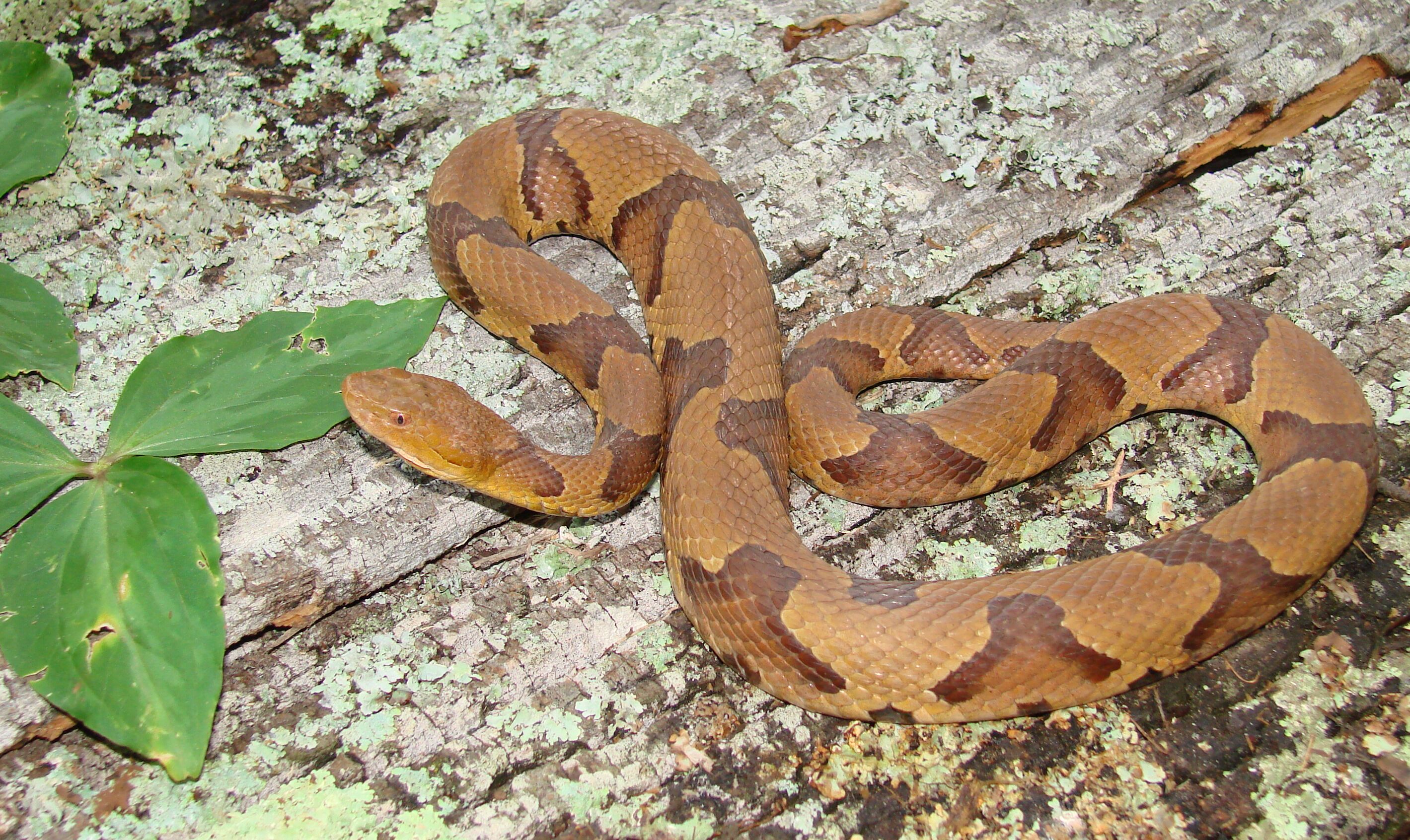
| Month | Average Temperature (Fahrenheit) |
|---|---|
| January | 48.9 |
| February | 51.3 |
| March | 59.6 |
| April | 67.5 |
| May | 75.4 |
| June | 81.2 |
| July | 85.2 |
| August | 84.8 |
| September | 78.6 |
| October | 69.3 |
| November | 59.9 |
| December | 52.3 |
The average temperature in Georgia varies greatly over the course of the year. January is the coldest month, with an average temperature of 48.9 degrees Fahrenheit. This rises to a peak in July, when the average temperature is 85.2 degrees Fahrenheit. August and September see a slight decrease in temperature, before it begins to drop again in October, with an average of 69.3 degrees Fahrenheit. December is once again the coldest month, with an average of 52.3 degrees Fahrenheit.
When Do Snakes Hibernate in Georgia?
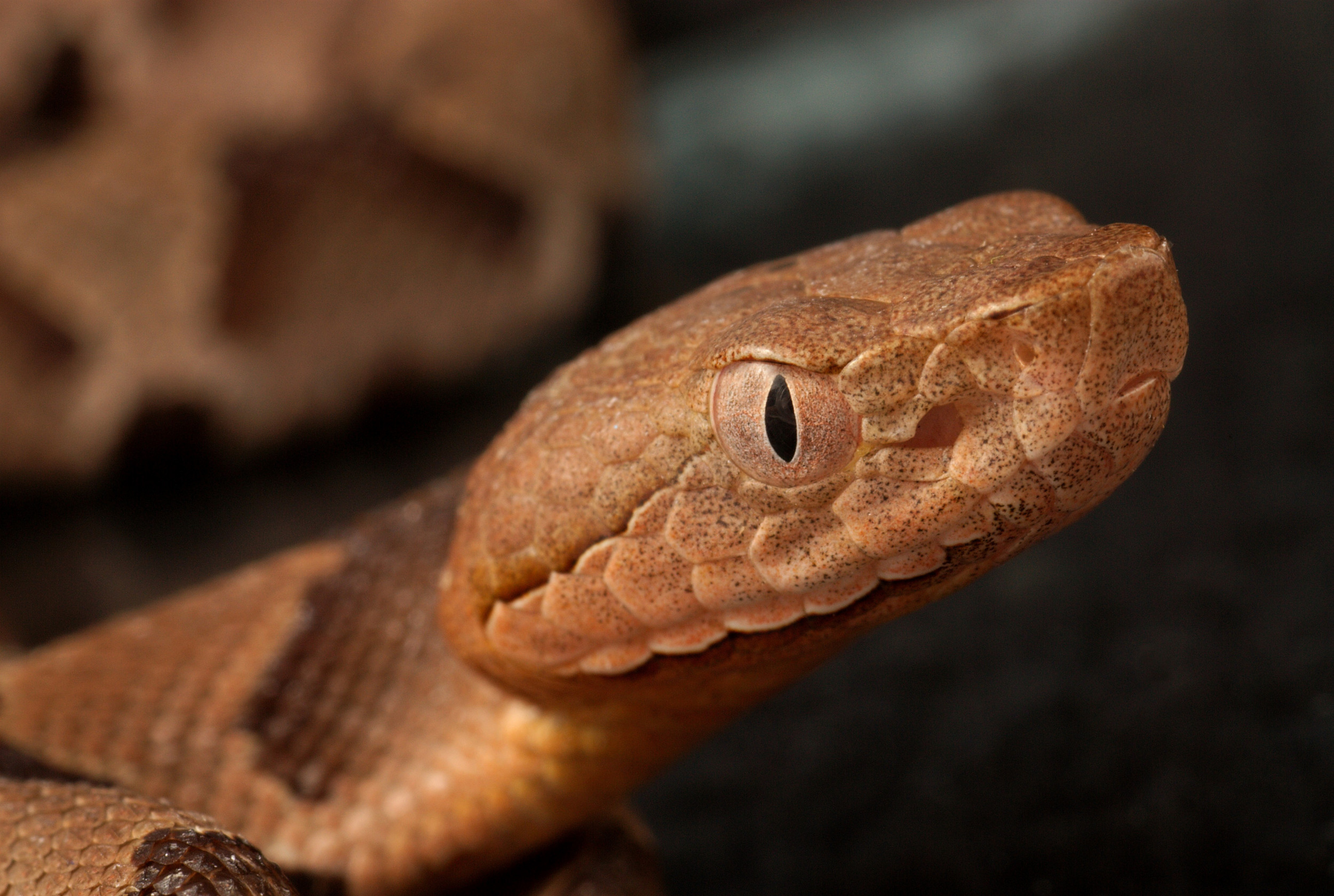
Snakes in Georgia hibernate during the colder months of the year, typically from late October through early March. This allows them to survive the freezing temperatures and lack of food. During this time, snakes will seek out places that provide warmth and protection, such as underground burrows, thick brush piles, or other areas that are cool and damp. Snakes will also hibernate in large groups, which is known as brumation. This helps keep them warm and reduces the amount of energy they have to expend during hibernation. Once the temperatures start to rise, the snakes will come out of hibernation and begin to feed and move about.
Temperature at Which Snakes Become Inactive
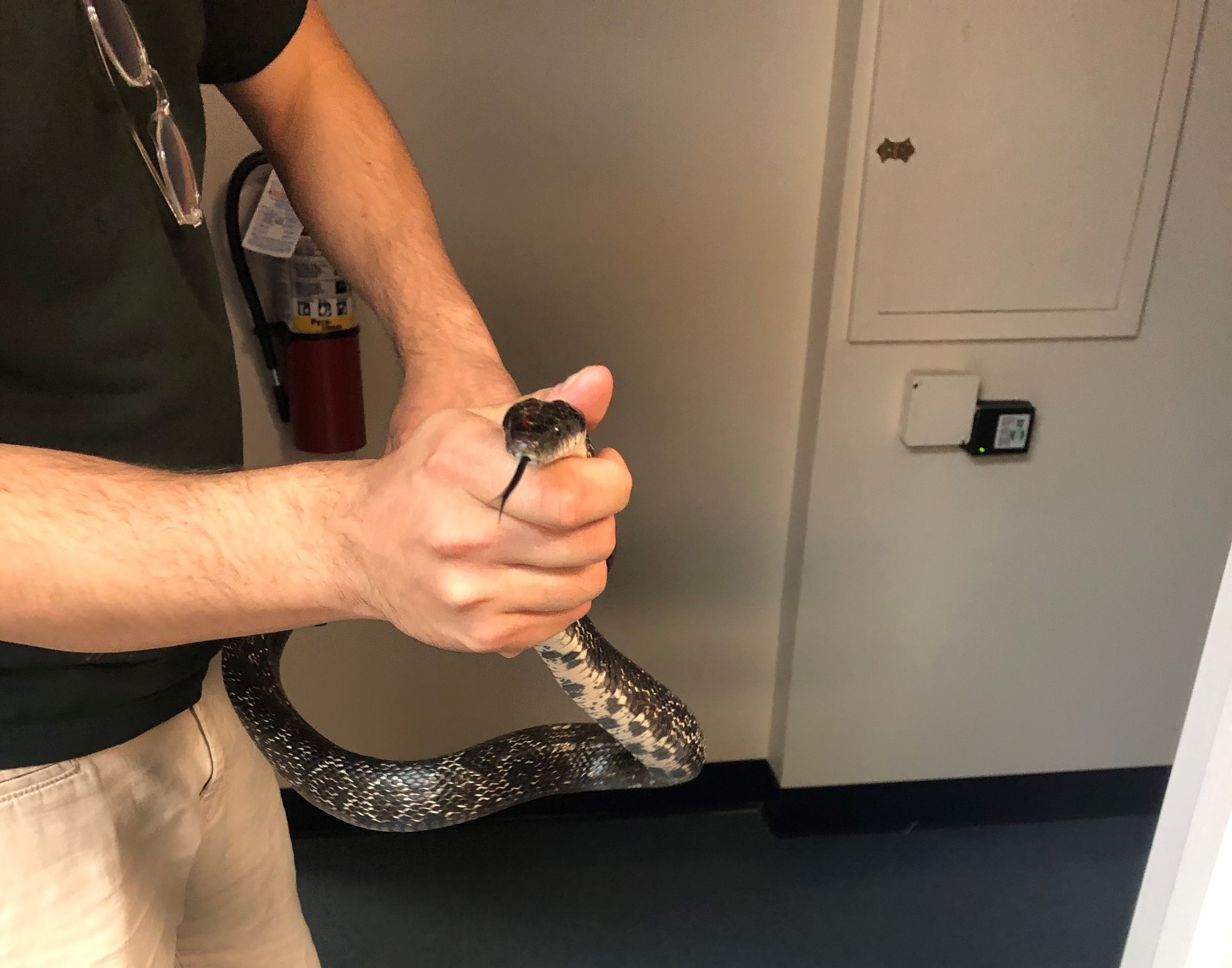
- When temperatures drop below 15°C (59°F), snakes become inactive and begin to hibernate.
- Snakes can become inactive at temperatures as high as 20°C (68°F) if they do not have access to food or water.
- Snakes will become inactive and begin to hibernate when temperatures drop below 10°C (50°F).
- At temperatures below 5°C (41°F), snakes become inactive and may enter a state of torpor.
How Does the Weather Affect Hibernation?
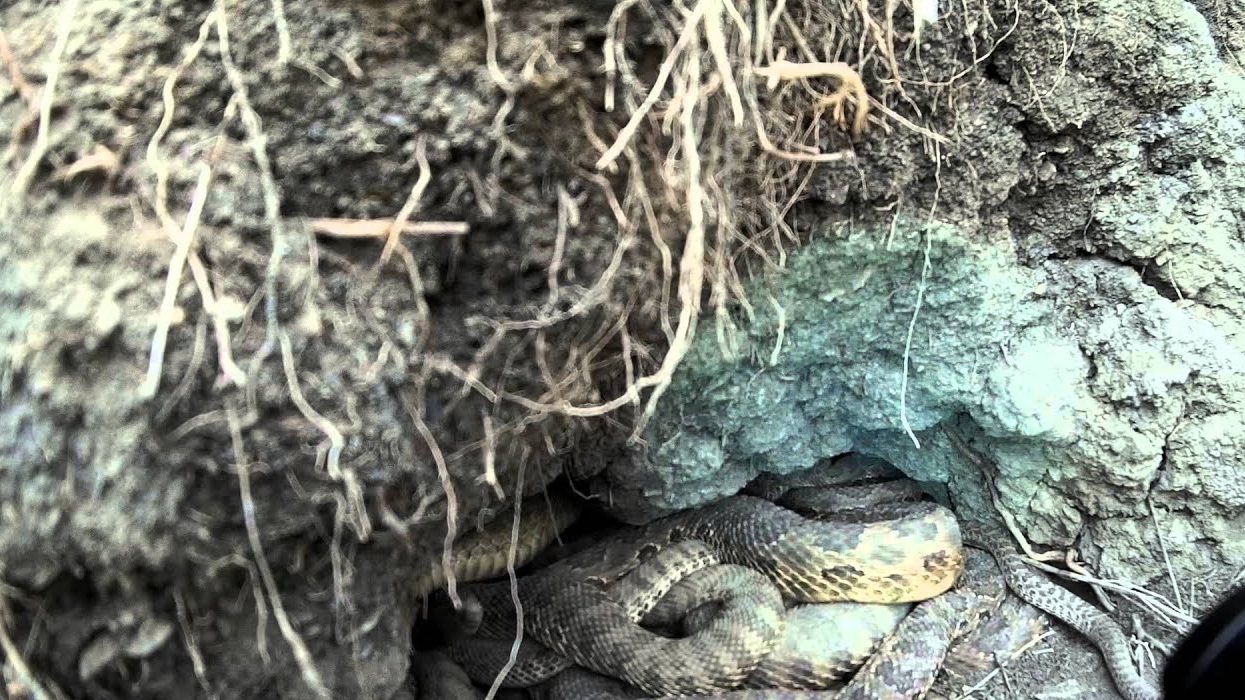
Snake hibernation in Georgia is largely determined by the weather. When the weather begins to cool off in the fall and winter months, snakes will seek out places to hibernate, such as burrows and abandoned animal dens. Cold weather will trigger hibernation as the snakes become less active in the cold temperatures. As temperatures begin to rise in the spring and summer months, snakes will wake up and become more active. Generally, snakes will remain in a state of hibernation until the weather is warm enough for them to be active. The weather also affects the length of time a snake will stay in a state of hibernation. In the winter, snakes may remain in hibernation for several months, while in the summer they may remain in a state of hibernation for only a few weeks. It is important to note that snakes will remain in a state of hibernation until the weather is warm enough for them to be active.
What Are Some Signs of Hibernation?
Snakes that are preparing to hibernate may exhibit restlessness, refusing to eat and being sluggish. They may also become less active and cold to the touch. As the snake enters deeper into its hibernation, its breathing will become noticeably slower and its body temperature will drop. Its metabolism will also slow down and its movement become almost non-existent. Some snakes may even become inactive for extended periods of time, even when exposed to warmer temperatures.
What Is the Difference Between Hibernation and Estivation?
Hibernation and estivation are two different forms of dormancy that snakes can enter into in order to survive unfavorable environmental conditions. Both of these states involve a decrease in body temperature, heart rate, and respiration. However, there are some key differences between the two.
| Hibernation | Estivation |
|---|---|
| Occurs during winter | Occurs during hot, dry summers |
| Body temperature drops to near freezing | Body temperature drops to near ambient temperature |
| Heart rate and respiration slow to conserve energy | Heart rate and respiration remain constant |
| Snakes remain in the same location | Snakes may move to a cooler, more moist location |
Hibernation usually occurs during the winter when temperatures drop, while estivation usually occurs during hot, dry summers. During hibernation, a snake’s body temperature drops to near freezing while its heart rate and respiration slow significantly in order to conserve energy. During estivation, a snake’s body temperature will drop to near ambient temperature, and its heart rate and respiration remain constant. Snakes will usually remain in the same location during hibernation, but during estivation, they may move to a cooler and more moist location.
Frequently Asked Questions
At What Temperature Do Copperhead Snakes Become Inactive?
Copperhead snakes become inactive when temperatures drop below 50°F (10°C). However, they may remain active during mild winter days or when temperatures rise above 50°F. During the winter months in Georgia, copperhead snakes may hibernate in dens or burrows, which are shared with other snakes.
When do snakes hibernate in Missouri?
Snakes in Missouri hibernate from late October to early April. During this time, they can be found in dens, beneath logs and rocks, or in abandoned burrows. Snakes become inactive during hibernation, and they do not need to eat, drink, or bask in the sun. They also do not need to emerge from their dens to mate.
When do snakes hibernate in Oklahoma?
In Oklahoma, snakes hibernate from October through April. During this time, they seek out areas such as burrows, caves, and rock crevices to spend the winter. Snakes may also seek out places with higher humidity levels and warmer temperatures, such as near rotting logs and leaf piles.
When do snakes hibernate in Arkansas?
In Arkansas, snakes typically hibernate from October to February. During this time, they may burrow into the ground or find a sheltered area in which to rest. Snakes may also enter a state of brumation, which is similar to hibernation in that they become inactive and stop eating, but they may wake up occasionally to move to a different spot.
When Does Snake Season End?
The snake season in Georgia typically ends in late October or early November. Snakes begin to hibernate as temperatures cool and food sources become scarce. This is usually triggered when temperatures drop to 50 degrees Fahrenheit or lower. During hibernation, snakes remain inactive, often in a den or burrow, and do not eat, drink, or move for extended periods of time.
Conclusion
In Georgia, many species of snakes hibernate during the winter months, typically December through March. During hibernation, snakes become dormant and their metabolism slows down, allowing them to survive the cold temperatures. Many snakes will find shelter in underground burrows, while some will seek out rock crevices and other sheltered places. It is important to remember that snakes are an important part of the environment and should never be disturbed while they are hibernating.
